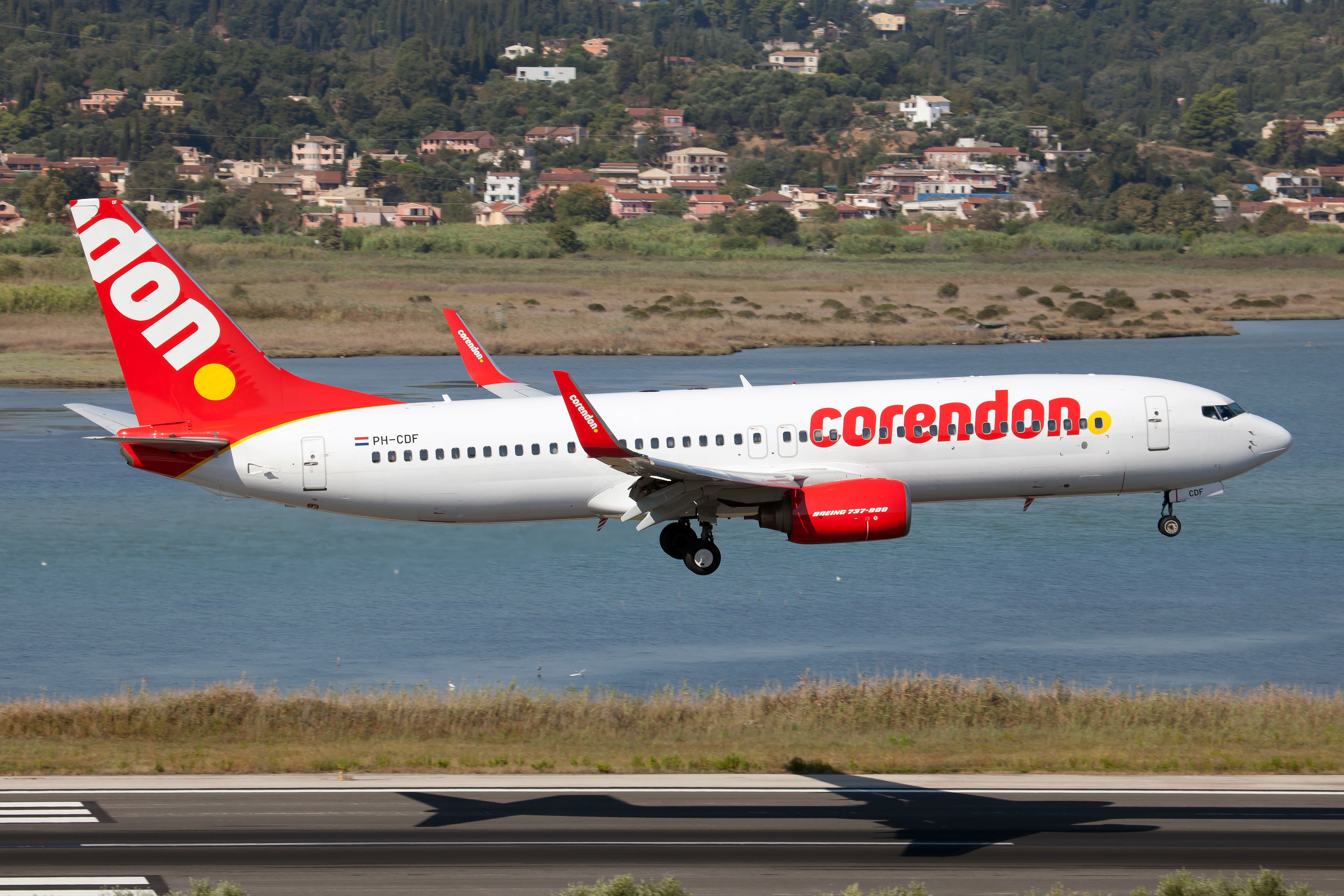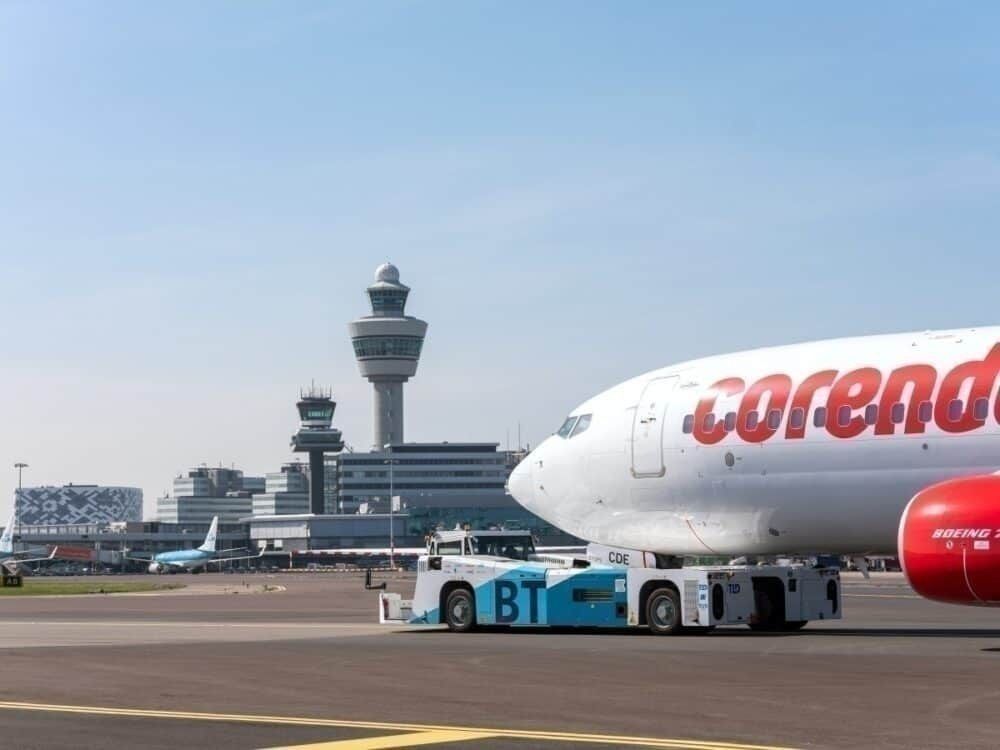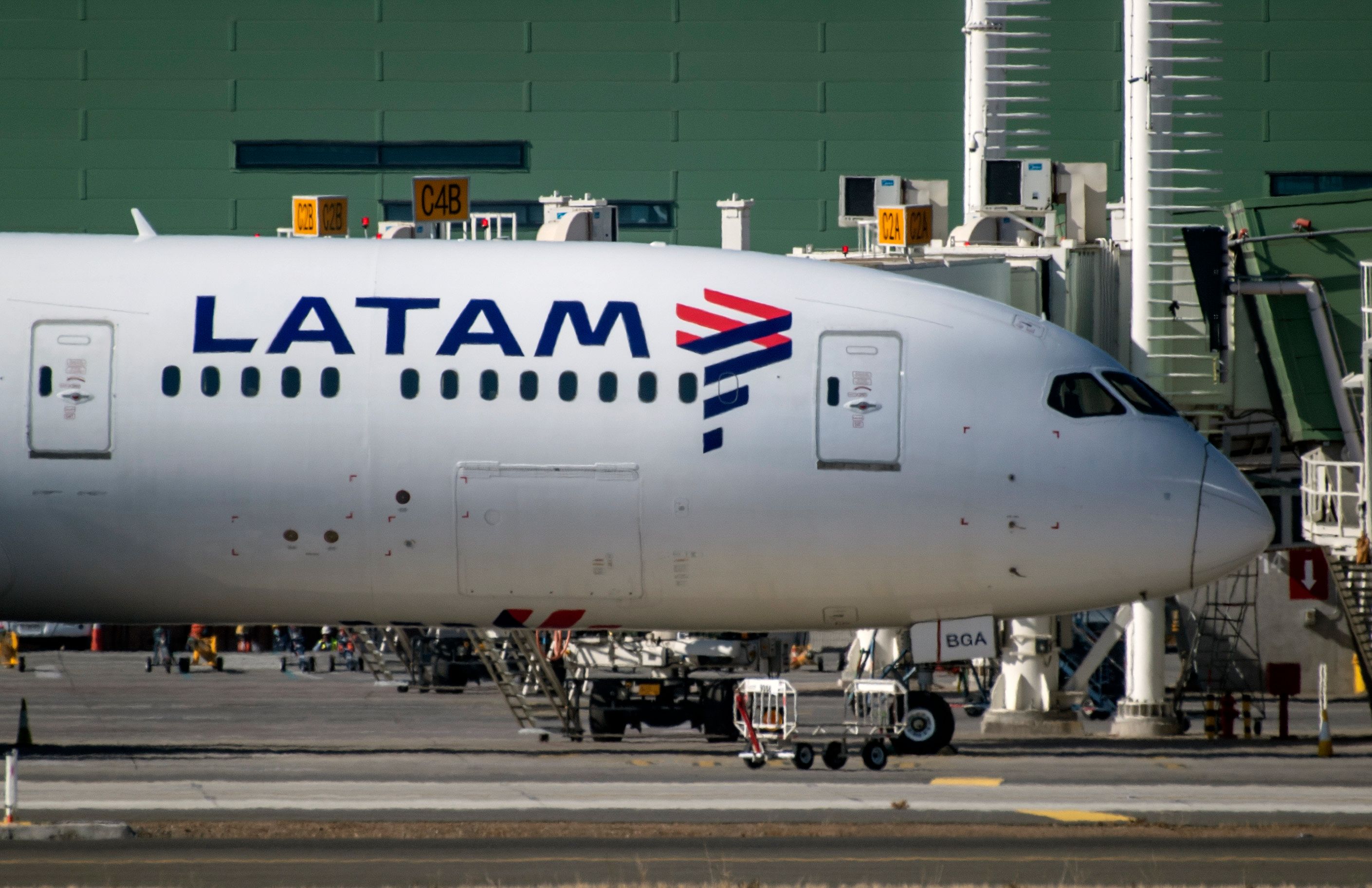On September 24th, at Munich International Airport (MUC), a Boeing 737 rejected two takeoffs following alerts from an internal warning system. The aircraft was a Corendon Airlines jet registered, TC-TJU. It was scheduled to fly flight XC-3562 from MUC to Izmir Adnan Menderes Airport (ADB).
On its first takeoff roll, the pilots received the takeoff configuration warning and aborted takeoff while still at a low speed. The crew taxied off the runway back to the hold short line for runway 26L.
On the crew's second attempt, the same takeoff configuration warning went off again, causing the crew to abort a second takeoff. The airplane returned to the apron for a maintenance inspection.
After 30 minutes with the maintenance crew, it was cleared to fly. The next takeoff attempt was successful, and the plane made it to ADB safely. No injuries of any sort were reported in association with this incident. The aborted takeoffs and maintenance set the flight back two hours.
Rejected takeoff
Pilots can choose to reject a takeoff for many reasons. In airliners, the takeoff rejection must occur at speeds lower than the aircraft's published V1. V1 (maximum brake energy speed) is a speed at which the plane should take off, even if there is an issue with the aircraft. Takeoff rejections that occur near this number are considered high-speed takeoffs, and can cause damage to brakes and tires in some situations. Most rejected takeoffs occur much earlier in the takeoff roll and are considered low-speed takeoffs.
Pilots often reject takeoffs at low speeds when they notice any abnormality that could risk the flight's safety. Pilots will most commonly notice this by a sensor indication. In this incident at MUC, the pilots rejected the takeoff upon seeing the takeoff configuration warning. This warning alerts the flight crew that the aircraft is not adequately prepared for takeoff.
There are many warning alerts that may go off during the takeoff roll. In just a few seconds, the flight crew must decide whether to abort the takeoff or not. Even at lower speeds, the flight crew must consider the remaining runway length and the aircraft's performance at both stopping and taking off in making the decision.
Aborted takeoffs
In mid-June, a China Southern Airlines Airbus A319 aborted takeoff after several parts fell off the aircraft. The idea of any unknown object falling off a plane is nerve-racking to passengers and crew. The sound of the parts clashing on the runways was audible to those onboard. The incident was ultimately chalked up to a mechanical failure, although the airline cited weather as being the cause of the delay. In this situation, the pilots responded appropriately and rejected a takeoff that they considered could have been catastrophic.
A couple of weeks before this incident, at the end of May, a LATAM Airbus A321 flight crew made a high-speed takeoff rejection decision following an engine failure. The aircraft was traveling at nearly 100 miles per hour over the ground when one engine suddenly failed. The flight crew responded quickly before reaching V1 and brought the plane to a halt. While each of these situations are different, the one thing they share is good pilot judgment followed by immediate action.
What do you think of this dual takeoff rejection? Let us know in the comments below.
Source: Av Herald



